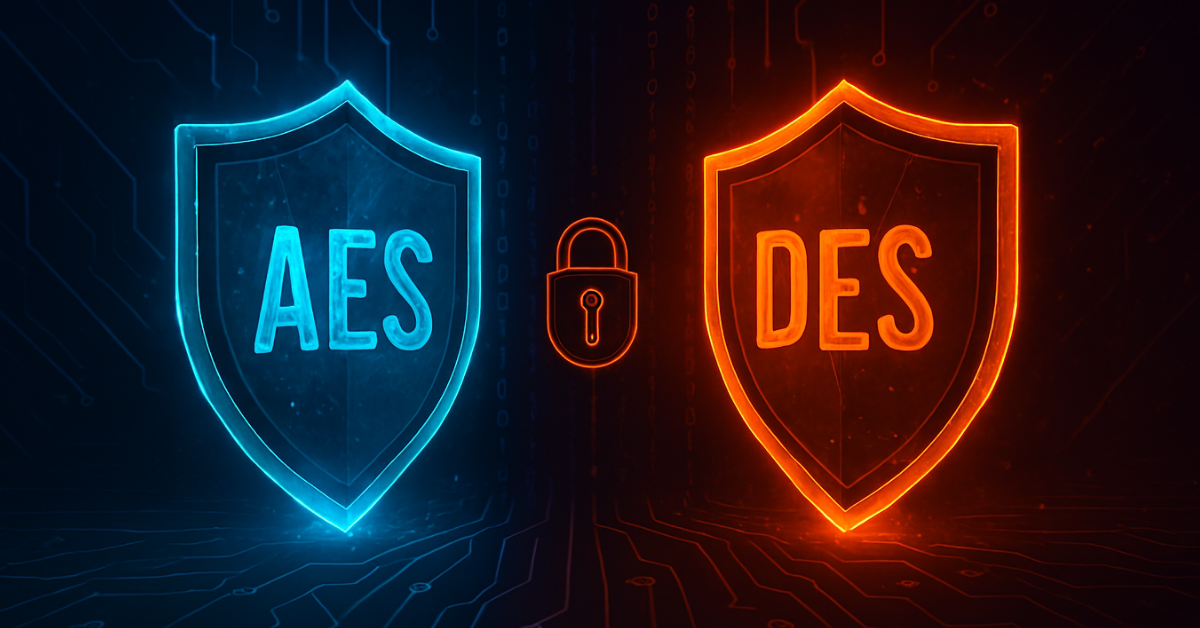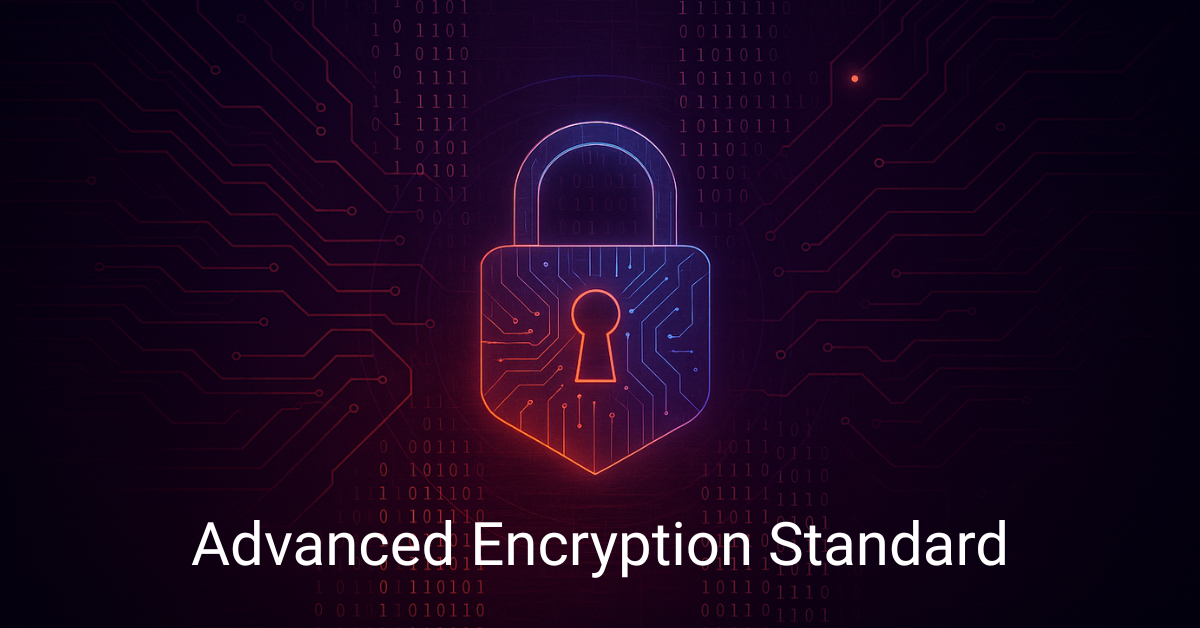Twofish Encryption: The Definitive Guide to Bulletproof Your Data
Understanding Twofish: Ultimate Data Security
Twofish stands as one of the most reputable symmetric key block ciphers in the world. Trusted for its speed, flexibility, and robust security, Twofish has become the encryption standard for many data protection applications. In this comprehensive guide, you’ll learn exactly what makes it the expert choice for securing sensitive information.
What is Twofish?
Twofish is a 128-bit block cipher that accepts key sizes of 128, 192, or 256 bits. Developed by Bruce Schneier and his team in 1998 for the Advanced Encryption Standard (AES) competition, this algorithm combines high performance on hardware and software platforms, flexible key lengths, and uncompromising security. Twofish’s design allows it to operate efficiently on everything from high-end servers to mobile devices and embedded systems.
Its flexibility in key size and efficiency makes Twofish particularly popular in software encryption suites, cloud data encryption, and even some hardware implementations where speed and low resource usage are essential. This makes Twofish especially appealing for corporations, cybersecurity professionals, and privacy-minded individuals.
Why Choose Twofish Over Other Algorithms?
Unlike older algorithms such as the Data Encryption Standard (DES) and Blowfish that have faded due to vulnerabilities, Twofish has withstood extensive cryptanalysis. The developers of Twofish designed it to resist all known forms of cryptanalysis, including differential, linear, and related-key attacks. Its success in numerous tests—even though it wasn’t chosen as the AES—cemented its status as a battle-tested algorithm.
One standout feature of Twofish is its unique use of key-dependent S-boxes and a complex permutation network. These technical innovations set it apart from alternatives and increase its security margin considerably.
A Brief Comparison: Blowfish and Twofish
Both Blowfish and Twofish emerged from the brilliant mind of Bruce Schneier. Blowfish was introduced earlier but is limited to 64-bit block sizes, making it less suitable for modern applications. Twofish, by contrast, uses a 128-bit block and supports larger key sizes. This makes Twofish far more secure against brute-force attacks and practical for safeguarding modern data volumes.
While both ciphers are open-source and royalty-free, Twofish’s more sophisticated structure enables stronger resistance to cryptanalysis. If you’re seeking stronger encryption for critical tasks, Twofish is the clear successor to Blowfish and is widely regarded as among the best symmetric ciphers available today.
How Does the Twofish Algorithm Work?
The Structure of the Twofish Encryption Algorithm
The Twofish encryption algorithm is built around a Feistel network—a method used by the most secure ciphers—consisting of 16 rounds per data block. The following are key design features of Twofish:
- Block Size: 128 bits per block
- Key Size: 128, 192, or 256 bits
- S-boxes: Four key-dependent S-boxes for non-linearity and confusion
- F-function: Incorporates pseudo-Hadamard transforms, key-dependent permutations, and modular addition
- PHT (Pseudo-Hadamard Transform): Used to blend the output efficiently
- Key Schedule: Highly complex, designed to resist related-key attacks
Twofish Algorithm Steps
Here are the basic steps involved in the Twofish encryption process:
- Key Expansion: The cipher takes the original key and generates multiple subkeys used throughout the encryption rounds, along with four S-boxes.
- Input Whitening: The plain data (128 bits) is XORed with a set of whitening subkeys before entering the core rounds to complicate potential brute-force attacks.
- 16 Feistel Rounds: Each round uses S-boxes and mathematical transforms to mix up the data and keys, making the relationship between plaintext and ciphertext complex.
- Output Whitening: After the rounds, the result undergoes a second XOR operation with further subkeys, enhancing resistance to attacks.
The design of the Twofish algorithm ensures that even minor changes to the plaintext or key will dramatically alter the ciphertext, blocking any pattern recognition and brute force attempts.
Safe Use Cases and Applications
Twofish finds its best applications where both speed and security are required. Here are some notable examples:
- File and disk encryption: Used in TrueCrypt, VeraCrypt, and other data vault solutions
- Data transmission: Ideal for VPNs and secure messaging
- Embedded systems: Due to its small memory footprint, it’s used in devices that require robust encryption with limited computational resources
- Cloud storage solutions: Protecting files stored in public and private clouds
For a broader understanding of encryption use cases, see our symmetric and asymmetric encryption guide.
In environments where public scrutiny and code audits matter, the open-source nature of Twofish increases transparency and trust.
Twofish Security: Why Experts Trust It
Despite advancements in computing and cryptanalysis, Twofish continues to be unbroken by the cryptographic community. Its resistance to various attacks comes from the careful combination of nonlinear S-boxes, modular arithmetic, and diffusion elements in its structure.
Critically, there have been no practical attacks found that threaten its security—especially with keys of 192 or 256 bits. This durability is why numerous experts and organizations still recommend or use Twofish as a secure option for data protection today.
Implementing Twofish: Best Practices
Achieving optimal security with the Twofish algorithm depends on proper implementation:
- Use Long Keys: Prefer 256-bit keys for sensitive applications.
- Secure Key Management: Protect encryption keys using hardware security modules or dedicated servers.
- Stay Up To Date: Use verified libraries and update them frequently to avoid software vulnerabilities.
- Avoid Weak Modes: Always use secure block cipher modes such as CBC or GCM, never ECB.
- Layered Security: Combine Twofish with strong authentication and regular monitoring for best results.
Twofish in the Modern Encryption Landscape
While AES remains the official standard, Twofish stands out for those preferring transparency, proven design, and versatility. Especially in privacy-centric communities, Twofish remains a preferred alternative or a secondary layer of encryption.
Many expert cryptographers and software projects still feature Twofish for its robust, unbroken architecture and adaptability across many systems.
Conclusion: Why Twofish Deserves Your Trust
For businesses and individuals serious about protecting private information, Twofish offers a rare combination of speed, reliability, and time-tested defense against cryptanalysis. Its open-source model, flexible key size, and sophisticated architecture make it an enduring contender in data security.
If top-tier encryption and peace of mind are your goals, Twofish is still an industry gold standard. Experts and organizations continue to trust it for a reason—because when it comes to robust and practical security, Twofish stands firm against the test of time.
Further Reading
- Twofish – Wikipedia – Comprehensive overview and history of the Twofish cipher
- The Twofish Encryption Algorithm by Bruce Schneier – Original design specification and analysis
- The Twofish Paper (PDF) – Detailed academic paper on Twofish architecture and security



